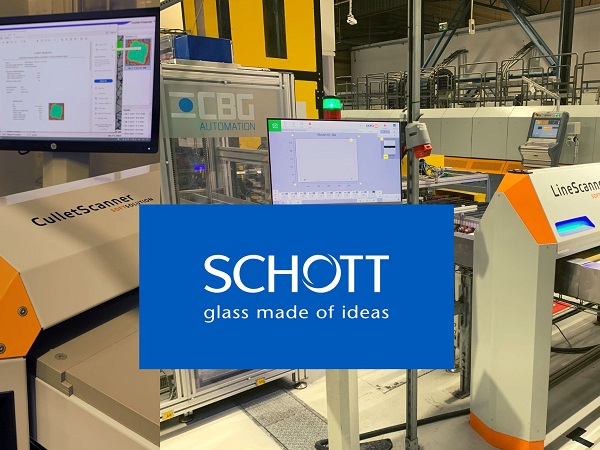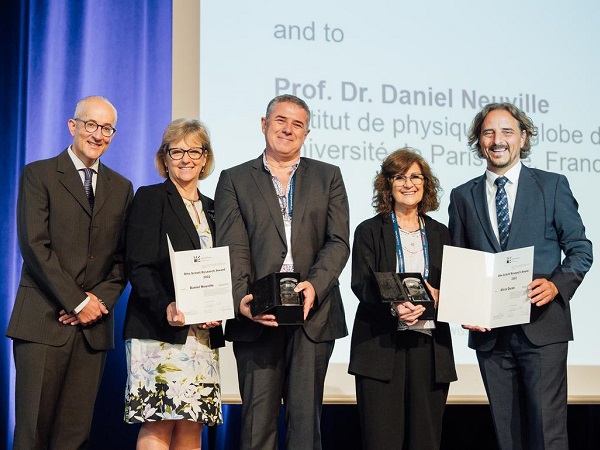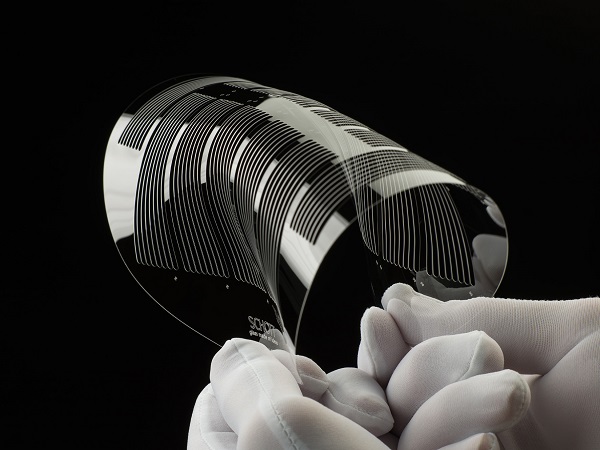Date: 27 June 2011
The reactor is scheduled to go into operation in China in about 4 years time. These are currently the only EPAs in the world to be used in such advanced nuclear reactors.
Electrical Penetration Assemblies are components installed in a nuclear reactor’s structure to enable data and power cables to securely pass through the structure that is sealed-off completely. Because it is important for the EPA to remain hermetically sealed even when exposed to high temperature and high pressure, these products are vital to the smooth and safe operation of nuclear power plants. The latest generation of High Temperature Reactors (HTR) place extreme stress on components due to high pressure and temperature specifications. SCHOTT’s glass-to-metal compression sealing technology has been proven safe and reliable, with EPAs installed in active reactors since the 1960s.
China’s Growing Demand
China has seen its energy demand rise significantly in the last decade. To meet this continually growing demand, the country places a lot of importance on developing its independence in nuclear technology, including the design of next generation reactors. Thanks to its inherent safety features, the HTR is considered to be one of the most promising next generation reactor designs. In addition to electricity, it also generates process heat, which could be used to produce hydrogen or synthetic fuels in the chemical industry, for instance.
The Shidaowan demonstration HTR, developed by the Tsinghua University in Beijing, is scheduled to connect to the national grid sometime around 2015. As Professor Zhou Huizhong of the Institute of Nuclear and New Energy Technology (INET) at Tsinghua University says, “The conditions inside the HTR are very demanding. The pressure in the nuclear reactor is about 80 bar and the temperature of the coolant can climb to as high as 1000 degrees Celsius. The temperature is already around 150 degrees Celsius even along the inside wall of the reactor pressure vessel. SCHOTT’s unique expertise in the area of glass-to-metal sealing, particularly in the nuclear industry, convinced us that this is the right technology for our advanced nuclear design.”
“SCHOTT’s glass-to-metal sealed feedthroughs are extremely durable and thus the safest choice for such harsh operating conditions,” says Thomas Fink, General Manager of the Nuclear Safety Division at SCHOTT Electronic Packaging in Germany. “Approximately 12,000 EPAs from SCHOTT have been installed in about 100 nuclear power plants of all types, including pressurized-water reactors, boiling water reactors and fast breeder reactors. Although some of these plants were built back in the 1960s, the EPAs that SCHOTT has supplied have withstood decades of operation without requiring any maintenance,” he adds.
Dr. Oliver Fritz, Head of Technology for the Nuclear Safety Division at SCHOTT Electronic Packaging explains, “The outer metal part of the EPA is designed to exert concentric compressive stress on the inner glass element. Because the compressive force acting on the glass element is greater than the tensile force, the glass element does not break and the feedthroughs are hermetically sealed. In addition, glass is inorganic, does not age and therefore has a virtually unlimited lifespan.”
The Huaneng-Shandong-Shidaowan Nuclear Power Company is building the demonstration HTR, a twin reactor module with a total capacity of 500 megawatts (thermal), in the Chinese province of Shandong. SCHOTT will be supplying all of the glass-to-metal sealed feedthroughs by 2013.
Depending on the choice of materials, most glass-to-metal sealed (GTMS) feedthroughs from SCHOTT are able to withstand temperatures in the range of -200 degrees Celsius to +240 degrees Celsius. Certain GTMS feedthroughs with unique material combinations can even tolerate up to 1000 degrees Celsius for a short period of time.
“The successful completion of the demonstration HTR plant would pave the way for future nuclear reactor modules,” notes Xu Yuanhui, Deputy General Manager of Chinergy. “We appreciate the fact that SCHOTT has been a leader in manufacturing feedthroughs for the global nuclear industry for more than 50 years. Based on our investigations and comparisons, EPAs from SCHOTT can meet the high requirements for precision and quality of high temperature reactors. This is why we chose them over many other suppliers for the demonstrator reactor. In addition, SCHOTT has an extremely good reputation and is a reliable supplier. This is of great importance to our HTR project.”







Add new comment